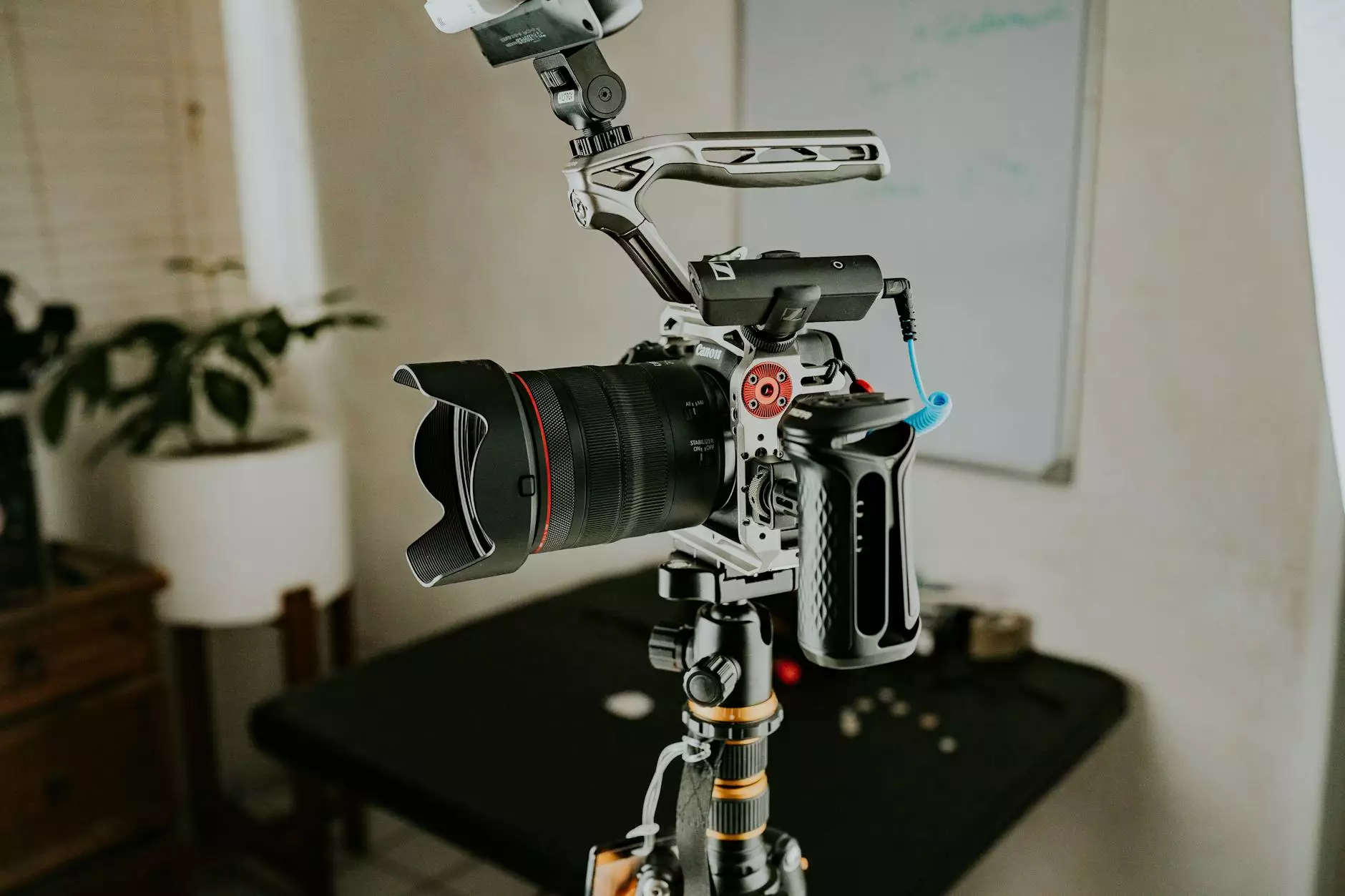How to Make a Messaging App: A Comprehensive Guide

In today's digital age, communication has evolved significantly, with messaging apps becoming the cornerstone of personal and professional interactions. If you're looking to make a messaging app, this guide will walk you through each essential step, from conceptualization to launch, ensuring you create a robust and user-friendly application.
Understanding the Messaging App Market
The messaging app market is highly competitive, with numerous players ranging from established giants like WhatsApp and Telegram to emerging startups. To successfully penetrate this market, it’s crucial to understand current trends, user preferences, and market demands.
Market Trends
- Increased User Engagement: Users are spending more time on messaging platforms, making them ideal for marketing and loyalty programs.
- Integration of AI: Many apps are incorporating AI for smarter user interactions, including chatbots and automated responses.
- Privacy Focus: With data privacy being a prominent concern, users are flocking to apps that prioritize secure messaging.
Defining Features of a Successful Messaging App
Before diving into development, it’s crucial to outline the core features that will make your messaging app stand out. Here are some must-have functionalities:
Essential Features
- User Authentication: Implement a secure way for users to log in via email, phone number, or social media accounts.
- Text Messaging: Facilitate seamless real-time text communication with features like read receipts and typing indicators.
- Voice and Video Calls: Enable users to make high-quality voice and video calls to enhance communication.
- Media Sharing: Allow users to share images, videos, and documents easily.
- Group Chats: Support group messaging functionalities to foster community and group interactions.
- End-to-End Encryption: Prioritize user privacy with robust security measures.
- Push Notifications: Keep users engaged by notifying them of new messages and activities.
- Customizable User Profiles: Let users personalize their profiles with avatars and status messages.
Choosing the Right Technology Stack
Every successful messaging app relies on a strong technology foundation. Here's a breakdown of advanced technologies you should consider:
Frontend Development
For mobile app development, you can use frameworks such as:
- React Native: A popular choice for building cross-platform apps that can run on both iOS and Android.
- Flutter: It enables developers to create natively compiled applications for mobile, web, and desktop from a single codebase.
Backend Development
The backend is the backbone of your app, managing data and user interactions. Recommended technologies include:
- Node.js: An efficient and scalable solution for handling multiple connections simultaneously.
- Firebase: A powerful platform offering real-time database features, which can significantly speed up development.
- AWS (Amazon Web Services): For hosting services and storage, ensuring high availability and security.
Database Management
Your app's database must handle a large volume of messages and user data effectively. Consider:
- MongoDB: A NoSQL database that is flexible and can handle varied data structures.
- PostgreSQL: An advanced open-source relational database known for its reliability and performance.
Designing an Intuitive User Interface (UI)
A clean and intuitive UI is fundamental to user retention. Here are key principles to consider:
User-Centric Design
Ensure your interface is easy to navigate and visually appealing. Focus on:
- Simplicity: Avoid clutter and maintain a clean layout.
- Consistency: Use uniform icons and color schemes throughout the app.
- Accessibility: Make sure the app is usable for people with disabilities.
Design Tools
Utilize design tools like:
- Figma: A collaborative interface design tool that helps you create and prototype.
- Adobe XD: An all-in-one UX/UI solution for designing web and mobile apps.
Developing the App
Now comes the core phase: actual app development. Here are several crucial steps:
Agile Development Methodology
Adopting the Agile methodology allows your team to work in sprints, which helps in incorporating feedback and makes your development process more flexible and efficient.
Testing
Testing is vital to ensure your app functions as intended. Conduct various types of testing, including:
- Functional Testing: Ensure all features work correctly.
- Performance Testing: Test how the app performs under various conditions.
- Security Testing: Confirm that user data is protected.
Launch and Marketing Strategies
Once your app is developed and tested, it’s time to launch it. Here are effective marketing strategies:
Building a User Base
To gain traction:
- Leverage Social Media: Use platforms like Instagram, Facebook, and Twitter to create buzz around your app.
- Influencer Partnerships: Collaborating with influencers can help reach a larger audience quickly.
- Referral Programs: Encourage users to invite friends by offering them incentives.
Continuous Improvement
After launch, continuously gather user feedback and analyze app performance metrics. Regular updates with new features and improvements will help retain users and keep your app relevant in the competitive market.
Conclusion
Creating a successful messaging app is a challenging yet rewarding venture. By focusing on user needs, selecting the right technology, and implementing effective marketing strategies, you can build an app that resonates with users and stands out in a crowded marketplace. Remember, the key to success lies in constantly evolving to meet user expectations and leveraging the latest technological advancements.
With the right planning and execution, you can indeed make a messaging app that not only meets the current demands but also paves the way for the future of communication.









